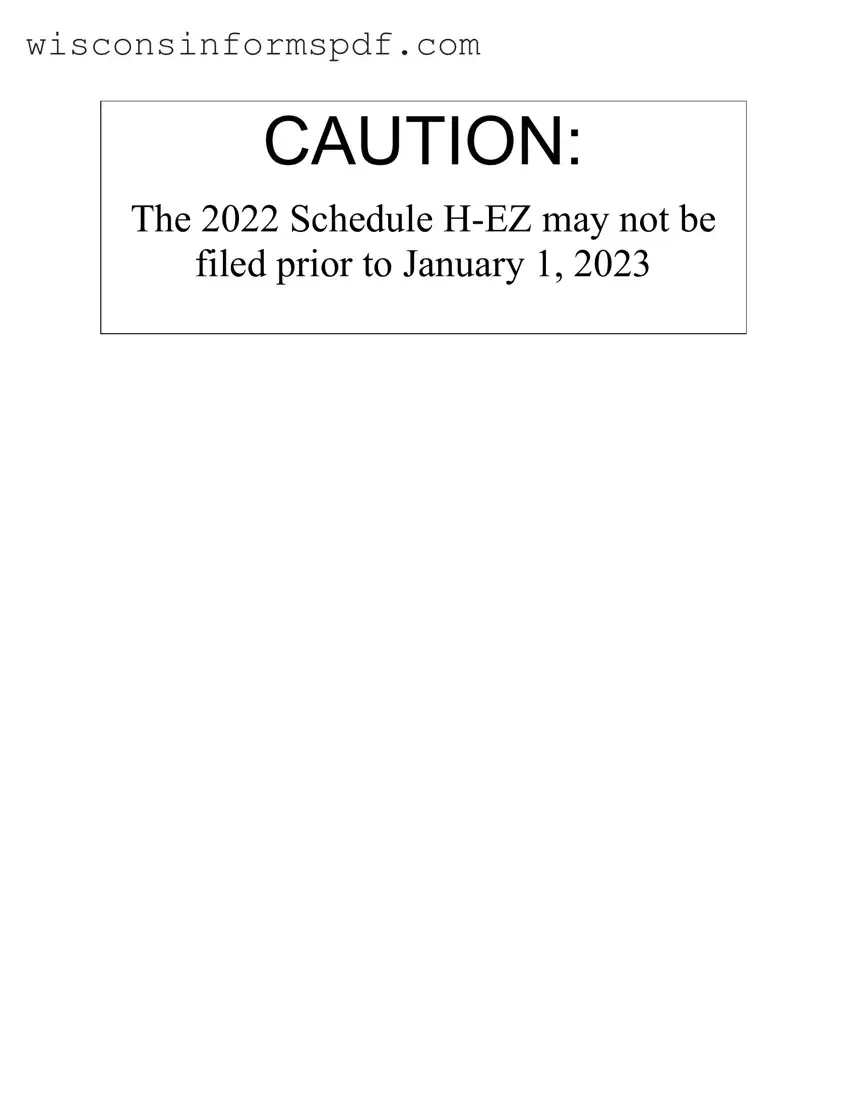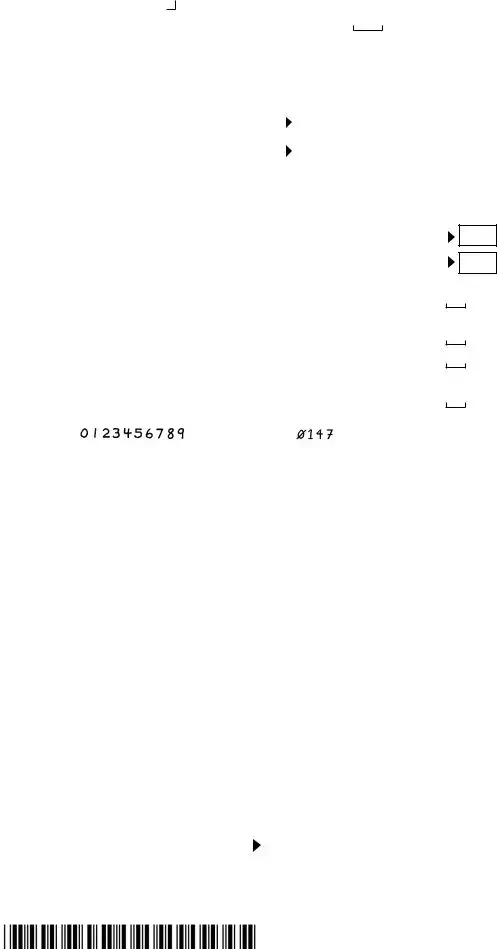Who is eligible for the Wisconsin Homestead Credit?
The Wisconsin Homestead Credit is designed for residents who were legal residents of Wisconsin for the entire year, from January 1 to December 31. To qualify, applicants must meet certain age, income, and residency requirements. Specifically, you must be at least 18 years old by the end of the year, not be claimed as a dependent on someone else’s tax return if you’re under 62, and have either been disabled or earned income during the year. Your household income must also fall within specific limits to be eligible.
How do I know if my income qualifies for the Homestead Credit?
Qualification for the Homestead Credit is based on your household income. This includes all taxable and certain types of nontaxable income you, and if applicable, your spouse received within the year. Your total household income must not exceed $24,680 after deductions such as dependents are considered. Various types of income are considered, including wages, interest, dividends, some social security payments, and more. Ensure all sources of income are accurately reported to determine eligibility.
What expenses can be considered for the Homestead Credit?
For homeowners, net property taxes paid on the primary residence are considered. Renters can claim a portion of their rent as it is assumed to account for property taxes paid by the landlord. The actual expenses eligible include the net property taxes on your homestead or rent paid for your living quarters. It is important to include the correct amounts and proper documentation such as a property tax bill for homeowners or a rent certificate for renters to accurately calculate the credit.
Can I claim the Homestead Credit if I am a renter?
Yes, renters are eligible to claim the Homestead Credit as long as they meet the other qualification criteria, such as income limits and residency requirements. Renters must provide a rent certificate signed by their landlord, or if living in shared housing, a Shared Living Expenses Schedule. A portion of your rent, calculated during the filing process, is considered equivalent to property taxes for the purpose of this credit.
How is the Homestead Credit calculated?
The Homestead Credit is calculated by considering your household income, the amount of rent or property taxes paid, and the number of dependents. After determining the total household income and subtracting any applicable deductions, the total payable rent or property taxes are factored in. The calculation also involves applying specific limits and tables provided by the Wisconsin Department of Revenue to determine the final credit amount.
What if I have other forms of income, like Social Security or unemployment compensation?
All forms of income, including Social Security, unemployment compensation, and other payments, must be reported when applying for the Homestead Credit. Certain nontaxable income such as Social Security or state and federal SSI payments are included in the calculation of your household income. The instructions provide details on which types of income must be reported and how to report them properly on the form.
Where and how do I file for the Wisconsin Homestead Credit?
To file for the Wisconsin Homestead Credit, complete the Schedule H or H-EZ form, depending on your circumstances. These forms require detailed financial information, such as income and housing expenses. Once completed, mail the form along with any required documentation, such as rent certificates or property tax bills, to the Wisconsin Department of Revenue at the address provided on the form. It’s important to ensure the form is fully and accurately completed to avoid delays in processing.



 homestead credit
homestead credit
